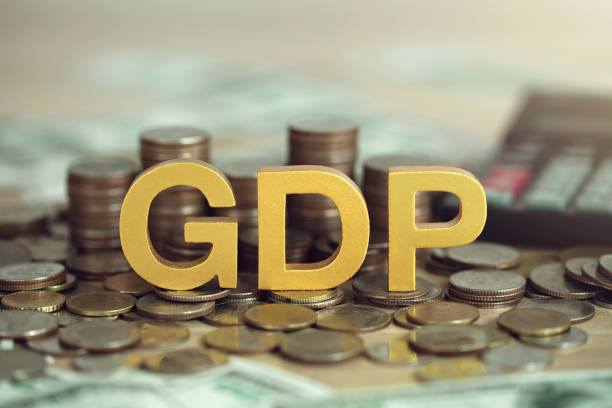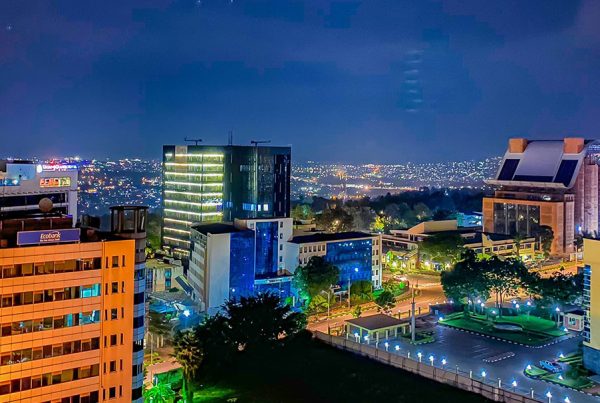Rwanda’s economy expanded 7.8 percent in the first quarter of 2025, underpinned by robust growth in the industrial and services sectors, the National Institute of Statistics of Rwanda said Thursday.
Gross Domestic Product at current market prices was estimated at Rwf5.255 trillion, up from Rwf4.86 trillion a year earlier. Industry grew by 9 percent, while services expanded by 9 percent and agriculture registered a 2 percent increase. Net indirect taxes accounted for 7 percent of the GDP total.
“This performance reflects Rwanda’s economic resilience and ongoing structural transformation,” NISR’s Director General Ivan Murenzi told reporters. “Despite challenges in agriculture, strong gains in manufacturing, construction, and service delivery drove growth.”
Agricultural output, which contributes 24 percent to GDP, grew modestly as food crop production declined 1 percent due to seasonal harvest effects. Export crops contracted by 3 percent, hurt by lower production of coffee and tea. However, livestock and fishing activities posted gains of 5 percent and 9 percent respectively.
Industry, which accounts for 23 percent of GDP, saw mixed performance. Construction activity slipped 3 percent, and mining fell 18 percent, largely due to a 90 percent drop in coltan extraction. Meanwhile, manufacturing rose by 21 percent, fueled by increased output of chemicals, plastics, food, and non-metallic mineral products.
Services remained the economy’s largest sector, comprising 46 percent of GDP. The sector expanded 9 percent year-on-year, buoyed by double-digit growth in education (15 percent) and public administration (15 percent). Trade and transport services rose 14 percent and 4 percent respectively, while hotel and restaurant activities jumped 10 percent.
“This continued services-led momentum suggests confidence among consumers and businesses,” Murenzi noted. “We are also seeing the early benefits of targeted investment in human capital and infrastructure.”
Rwanda’s government has maintained its focus on post-pandemic recovery, domestic industrialization, and regional trade integration. The upbeat first-quarter numbers come ahead of expectations and are likely to inform policy calibration in the upcoming budget review.





